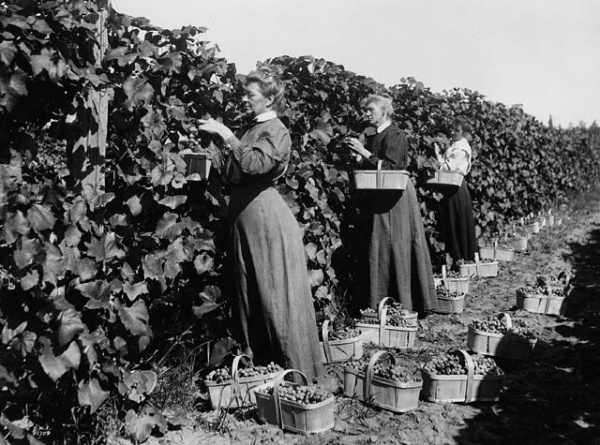Facts About Ontario wine
Ontario's wine industry is a significant player in Canada, encompassing three primary wine-growing regions: the Niagara Peninsula, the north shore of Lake Erie, and Prince Edward County. With more than 150 vineyards covering 6,900 hectares, Ontario stands as the leading wine producer in the nation, accounting for 62% of Canada's wine and 68% of its wine exports.
The province is particularly renowned for its grape wines, especially ice wines, with Ontario being the foremost global producer of this sweet delicacy. Wines produced entirely from Ontario grapes can receive special designation under the Vintners Quality Alliance (VQA). However, certain wines, such as fruit wines and those made from hybrid grapes, do not qualify for this certification.
Ontario's winemaking heritage runs deep, with Canada's first commercial winery established on Pelee Island in 1866. The production of ice wine gained momentum in the early 1980s, and by 1999, the VQA had been established as Ontario's official wine authority.
Each of Ontario’s wine regions has its unique appeal. The Niagara Peninsula is the largest wine-producing area in the country, Prince Edward County boasts a cool growing season, and the north shore of Lake Erie grapples with winter weather challenges. Ontario's wine production is diverse, including grape wines, ice wines, fruit wines, and even sake, with the VQA ensuring high standards and precise labeling.
Not all wines in Ontario achieve VQA certification. Some wineries produce both VQA and non-VQA wines for various reasons, and certain producers blend foreign and domestic grapes. The Ontario government supports VQA-certified wineries by offering financial incentives on sales to licensed establishments.

 United States
United States